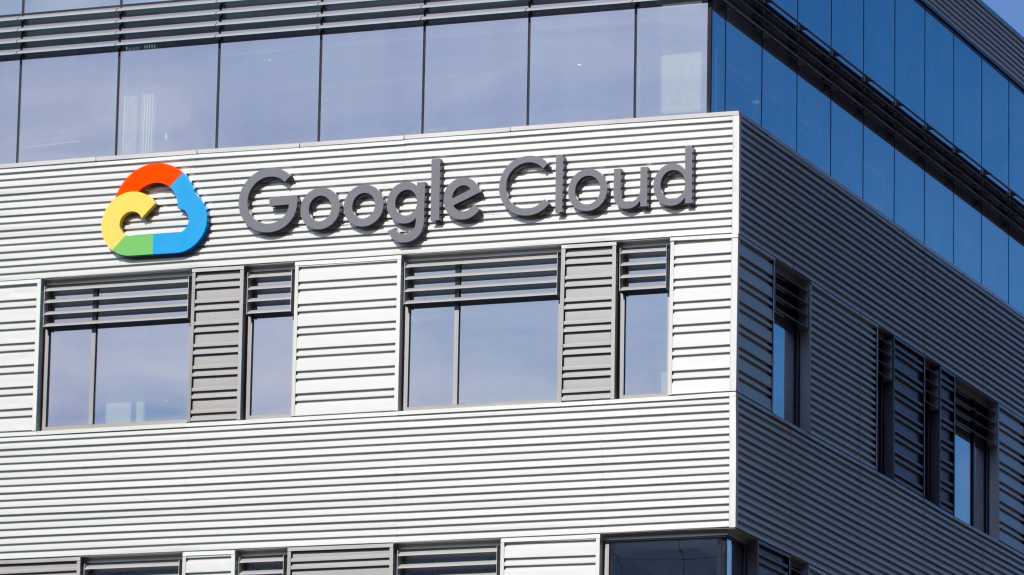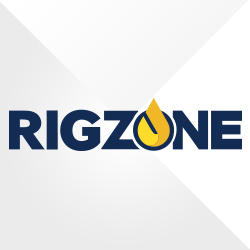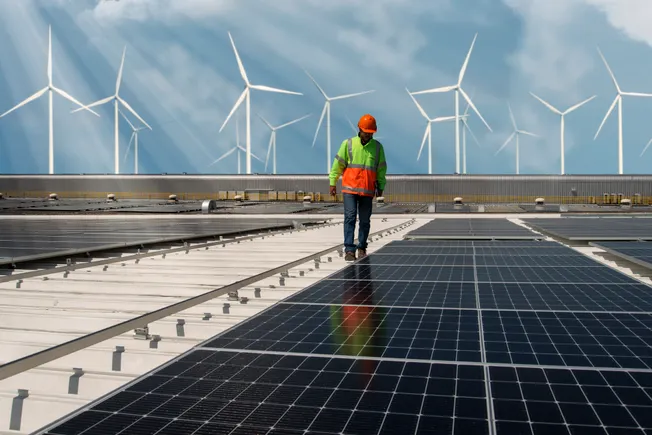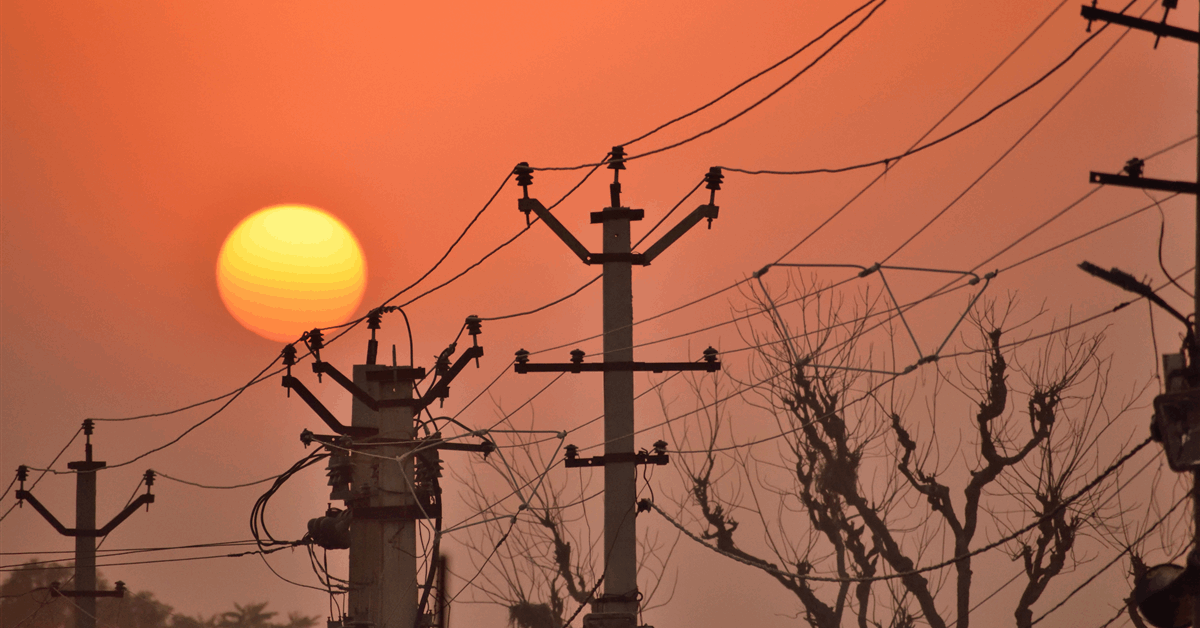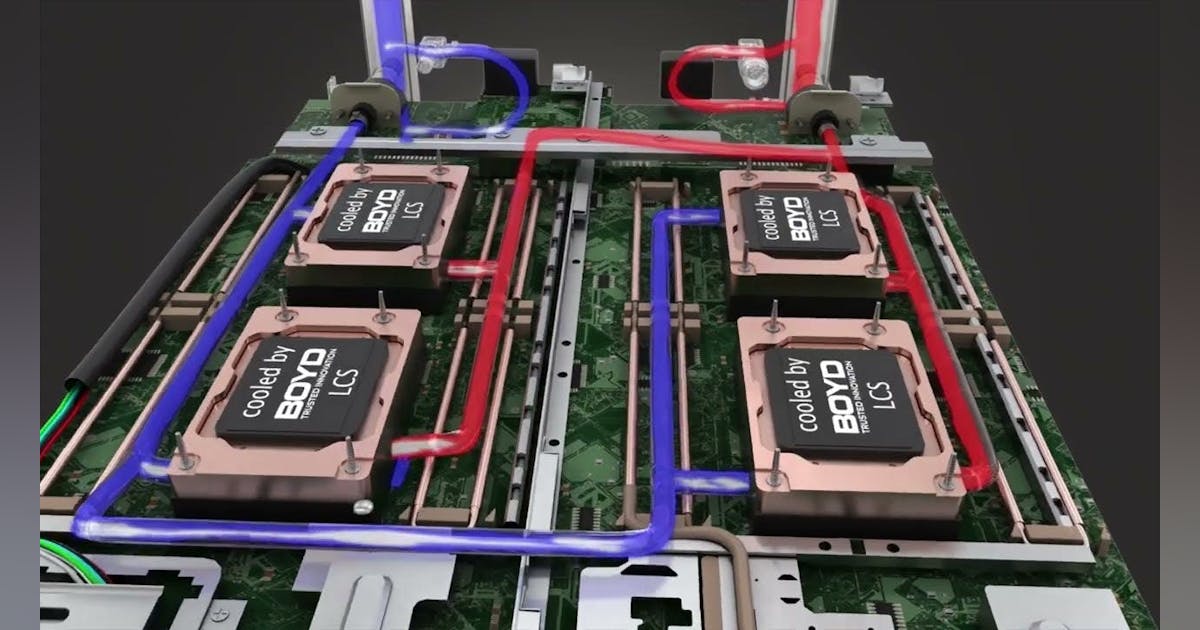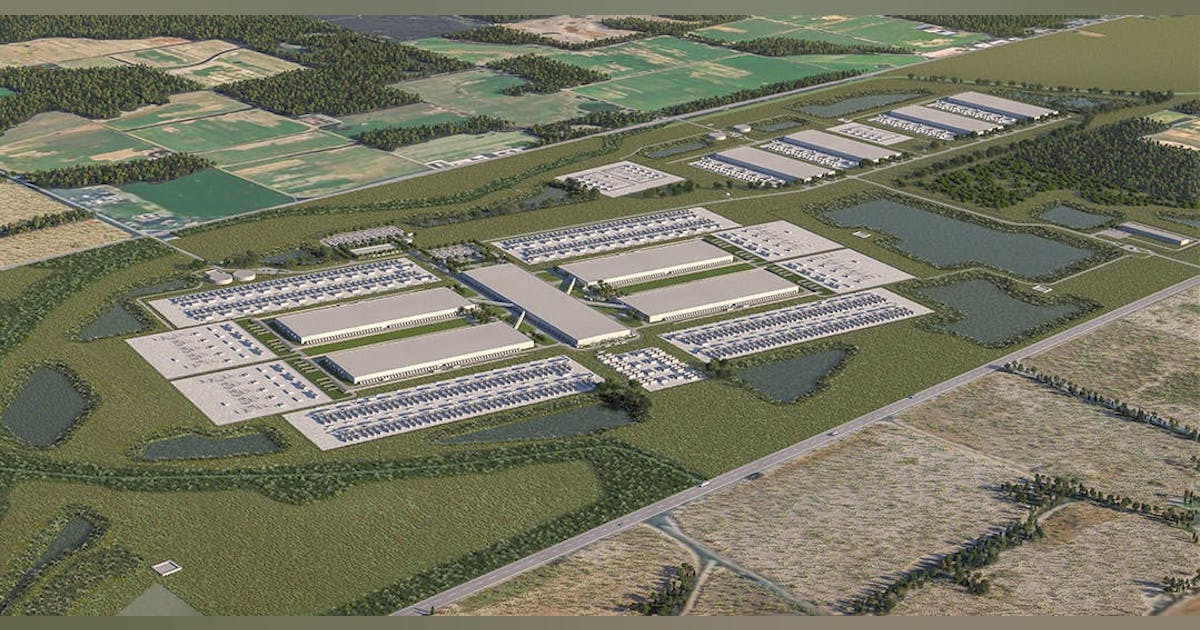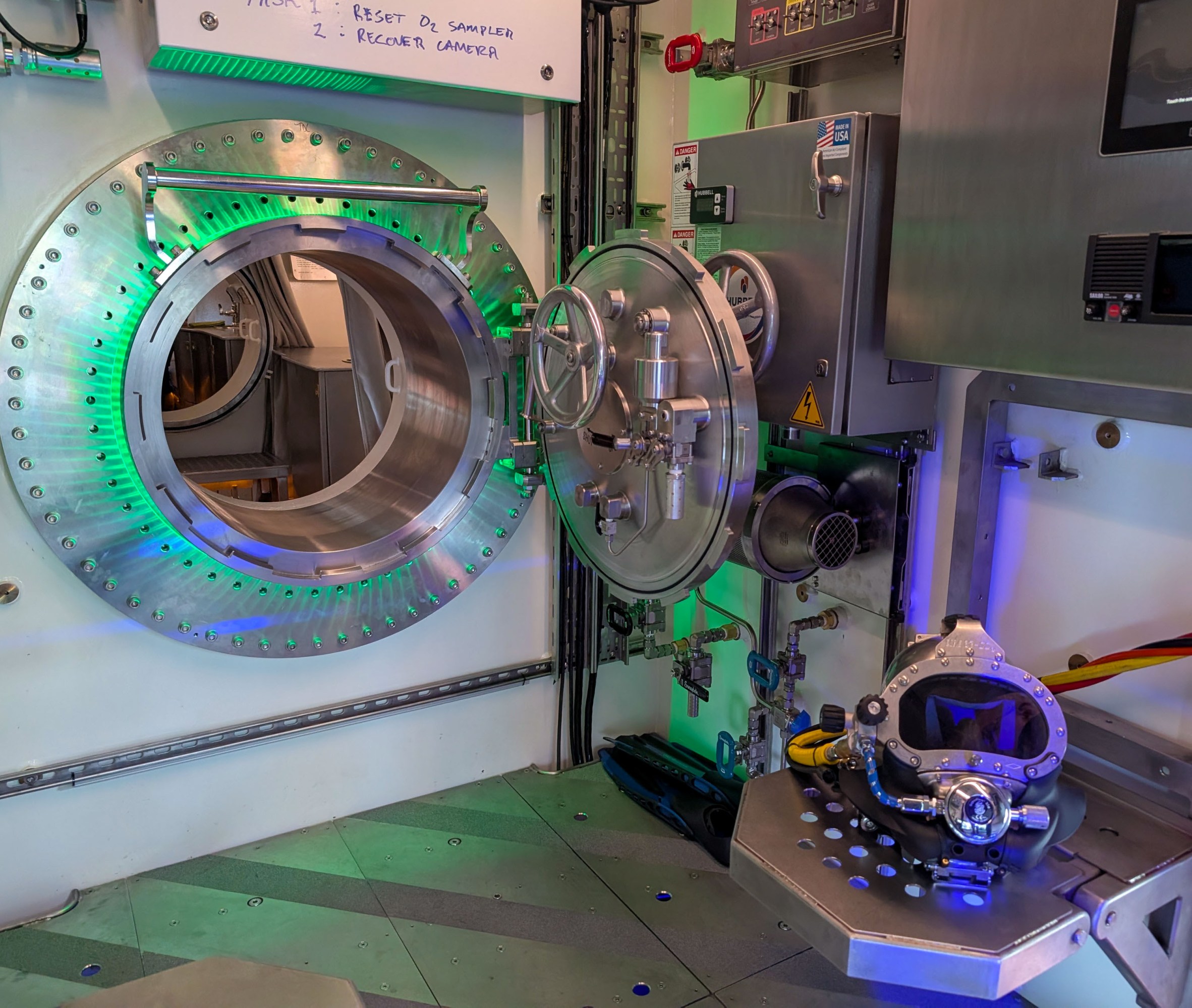“This new certification focuses on artificial intelligence and machine learning workloads, helping technical professionals become AI-ready and successfully embed AI into their workflows,” said Pat Merat, vice president at Learn with Cisco, in a blog detailing the new AI Infrastructure Specialist certification. “The certification validates a candidate’s comprehensive knowledge in designing, implementing, operating, and troubleshooting AI solutions across Cisco infrastructure.” Separately, the AITECH certification is part of the Cisco AI Infrastructure track, which complements its existing networking, data center, and security certifications. Cisco says the AITECH cert training is intended for network engineers, system administrators, solution architects, and other IT professionals who want to learn how AI impacts enterprise infrastructure. The training curriculum covers topics such as: Utilizing AI for code generation, refactoring, and using modern AI-assisted coding workflows. Using generative AI for exploratory data analysis, data cleaning, transformation, and generating actionable insights. Designing and implementing multi-step AI-assisted workflows and understanding complex agentic systems for automation. Learning AI-powered requirements, evaluating customization approaches, considering deployment strategies, and designing robust AI workflows. Evaluating, fine-tuning, and deploying pre-trained AI models, and implementing Retrieval Augmented Generation (RAG) systems. Monitoring, maintaining, and optimizing AI-powered workflows, ensuring data integrity and security. AITECH certification candidates will learn how to use AI to enhance productivity, automate routine tasks, and support the development of new applications. The training program includes hands-on labs and simulations to demonstrate practical use cases for AI within Cisco and multi-vendor environments.



